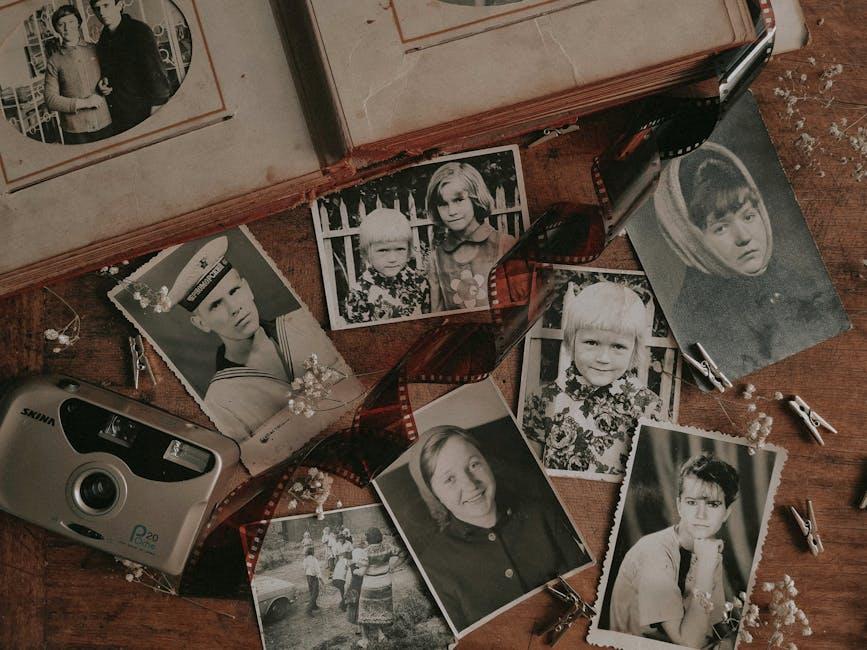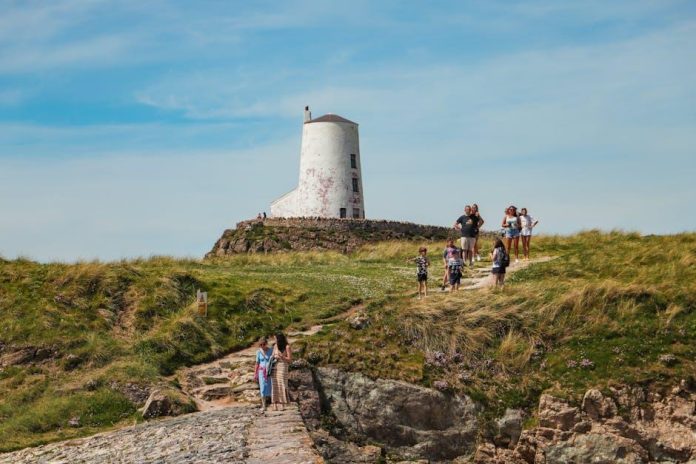In the tangled tapestry of our lives, family history holds the threads that connect us to the past, weaving stories of love, resilience, and identity. Yet, in a world where digital clouds and dusty attics brim with ancestral artifacts, organizing these precious memories can feel like a daunting quest. Imagine, though, transforming this overwhelming task into a journey of discovery and connection. As you embark on this adventure, picture the joy of unveiling hidden stories, the warmth of preserving cherished memories, and the satisfaction of creating a legacy that resonates with meaning for generations to come. This article is your compassionate guide, offering heartfelt insights and practical steps to help you curate your family history with intention and care. Let us explore together how to bring clarity to the chaos, ensuring that the stories of your ancestors are honored and celebrated in a way that touches the heart and soul.
Unearthing the Roots: Crafting a Family History Narrative with Heart
Delving into your family history is like embarking on a journey through time, where every name and date tells a story waiting to be heard. To craft a narrative that resonates with heart, start by gathering all available materials—old photographs, letters, and official records. Organize these treasures into themes that reflect the unique chapters of your family’s legacy. This could be based on significant events, such as migration, war, or even joyous family traditions. The key is to weave these elements together, creating a tapestry of stories that highlight the resilience, love, and shared experiences of your ancestors.
Consider creating an interactive timeline that serves as both a visual and narrative guide. Use a simple WordPress plugin to layer multimedia elements over key dates, such as:
- Audio clips of oral histories from living relatives
- Video snippets of family gatherings
- Scanned documents of handwritten letters
This immersive approach allows readers to not just learn about your family history but to experience it. The heart of this project lies in the personal touches—those little anecdotes and quirks that transform dry facts into a living, breathing narrative.
Preserving Memories: Creative Strategies for Documenting Ancestral Stories
To create a tapestry of your family’s past, start by weaving together the stories, artifacts, and memories that make up your ancestral history. Begin by gathering stories from relatives during family gatherings or through virtual calls. Capture these tales in a journal or a digital document. Audio recordings can add depth to these narratives, preserving the voices and emotions behind each story. Consider creating a family tree to visualize connections, using tools like Ancestry.com or FamilySearch for a more interactive experience.
For a more tangible approach, curate a memory box filled with letters, photographs, and keepsakes that represent significant family milestones. This can be a heartfelt project for all ages, allowing each family member to contribute a piece of their personal history. Digitize these items to create a virtual scrapbook that can be easily shared with distant relatives. Additionally, consider writing a family newsletter to regularly update everyone on new discoveries and stories. By employing these creative strategies, you not only organize your family history but also ensure it remains a living, breathing legacy for future generations.
Bridging Generations: Building a Digital Archive for Future Storytellers
Imagine a world where your great-grandchildren can listen to your grandmother’s laughter or read her handwritten letters with just a click. Creating a digital archive allows you to preserve your family history in a way that is both accessible and meaningful for future generations. Start by gathering all the fragments of your family story: photos, letters, diaries, and even recorded conversations. Consider digitizing these treasures using a scanner or a smartphone app to create high-quality digital versions. Once digitized, store them in a secure cloud service where they can be easily accessed and shared.
To organize your digital archive, categorize the materials in a way that resonates with your family’s unique story. You might use categories such as:
- Chronological Order: Organize by decade or era to create a timeline of your family’s journey.
- Family Branches: Sort by different branches of the family tree, highlighting the connections and stories of each lineage.
- Themes: Group by themes such as ”Migration Stories,” “Military Service,” or “Family Celebrations” to spotlight pivotal experiences.
Use descriptive file names and tags to make searching and navigating through the archive a breeze. By thoughtfully organizing your family history, you ensure that future storytellers can easily find inspiration and connection in their roots.
Cherishing Connections: Engaging Family Members in the Journey of Discovery
In the whirlwind of daily life, family stories can sometimes become fragmented or lost. Yet, organizing your family history in a meaningful way can rekindle cherished connections and bring a deeper understanding of your roots. Start by gathering all the bits and pieces you can find—old photographs, letters, and documents. Create a digital archive where you can store these treasures securely. Tools like cloud storage or family tree software can be invaluable in ensuring that your history is preserved and easily accessible for future generations.
Engage your family members in this journey by making it a collaborative effort. Here are a few ways to bring everyone on board:
- Family Interviews: Invite relatives to share their stories and record these precious memories. You can turn these interviews into a podcast or video series for everyone to enjoy.
- Memory Sharing Sessions: Organize regular gatherings, either in person or virtually, where each member can share anecdotes or historical facts they’ve uncovered.
- Creative Projects: Encourage artistic family members to create visual representations of your family history, like a family tree mural or a scrapbook.
By weaving these stories together, you’re not just compiling a history; you’re crafting a legacy that resonates with meaning and connection for your family.


